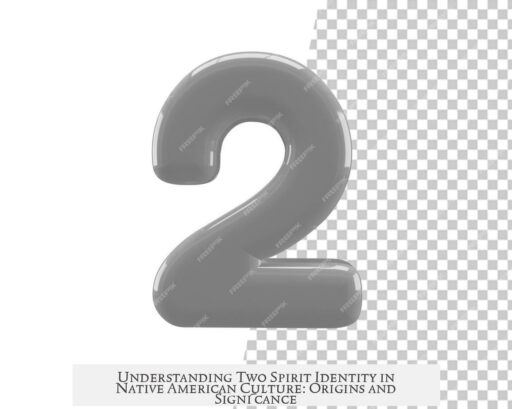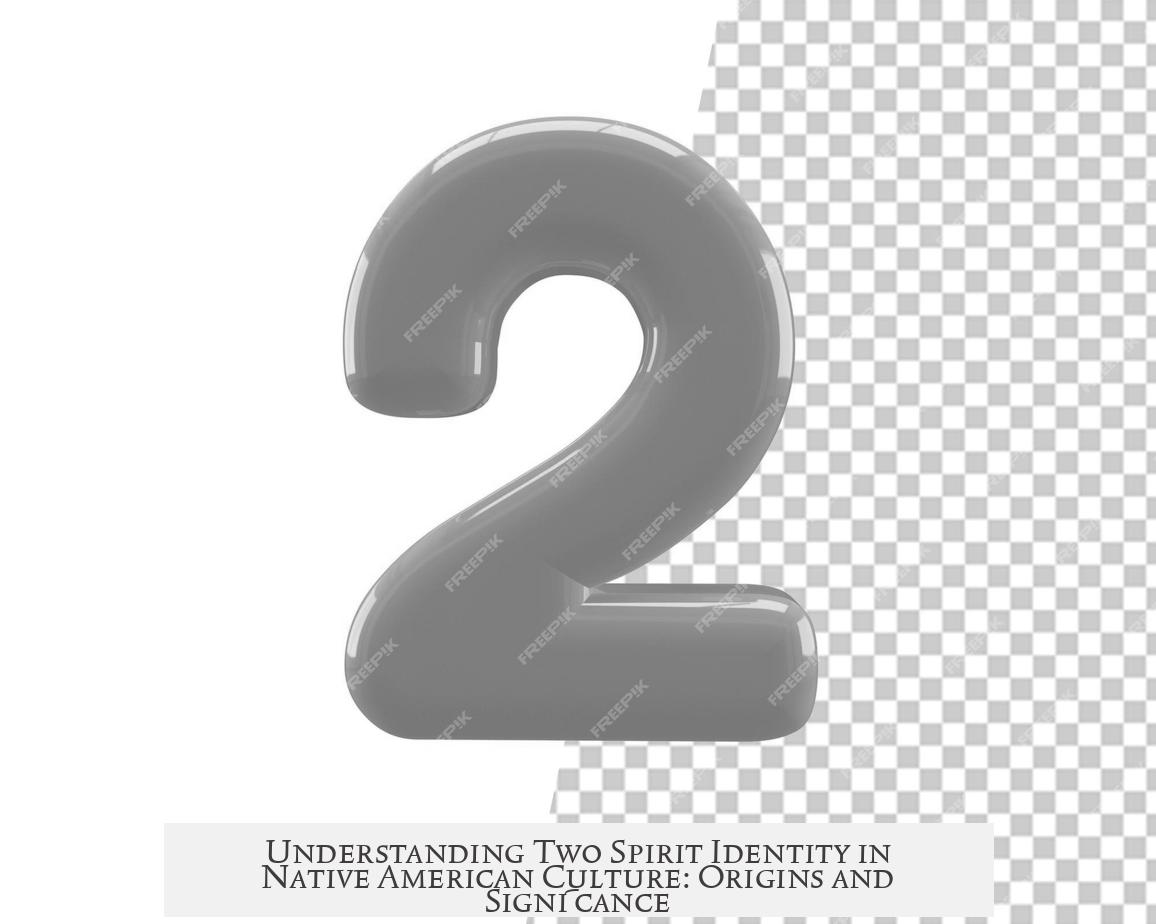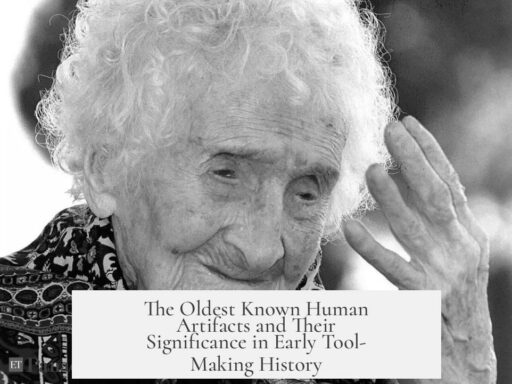Two Spirit in Native American culture refers to Indigenous people who embody diverse gender roles beyond the Western binary. This term, adopted in 1990 during a meeting of LGBT+ Indigenous people in Winnipeg, serves as a Pan-Indian umbrella describing gender diversity across various Native nations, distinct from Western LGBTQ+ identities.
The term “Two Spirit” originates from Pan-Indianism, a movement uniting Native Americans across tribes to emphasize shared cultural traits and political aims. This movement aimed to replace the colonial term “berdache,” a French word meaning “male prostitute” that European colonizers imposed derogatively on Indigenous gender and sexual identities. Two Spirit was adopted to reclaim Indigenous perspectives and honor native gender roles without the stigma carried by “berdache.”
Two Spirit identities highlight gender systems distinct from Western queer frameworks. Western LGBTQ+ terminology often inadequately captures Indigenous experiences, which are rooted in ancient cultural traditions rather than modern sexual identity politics. While transgender and non-binary roles existed in Western societies, these seldom held social acceptance until recent decades. Many Indigenous cultures had multiple gender roles integrated and sacred before Christian colonization disrupted these systems.
Indigenous gender roles recognized by Two Spirit designation vary widely. For example, the Diné (Navajo) identify four genders: asdzáán (cisgender woman), hastíín (cisgender man), nádleehí (transgender woman), and dilbaa (transgender man). These categories blend masculine and feminine traits uniquely and differ from Western binary transgender identities. Some Native languages use a single term for both transfeminine and transmasculine identities, reflecting different cultural perspectives.
Besides gender diversity, Two Spirit individuals in some Indigenous societies held sacred and ceremonial roles. The Inca’s quariwarmi were a sacred transfeminine group transcending typical gender boundaries, demonstrating spiritual significance. Among the Cheyenne, the Two Spirit role included directing victory dances, underscoring community leadership linked to gender identity.
Another defining factor contrasting Two Spirit identity with Western transgender experiences is the role of community elders. Elders in some tribes identify and encourage Two Spirit roles in children, based on their early behaviors and interests aligned with non-binary gender expressions. This guidance includes ceremonies, such as gifting gendered objects, affirming communal and spiritual support for the individual’s role. This contrasts sharply with Western conceptions of gender identity, where adult involvement in a child’s gender identity is often controversially politicized.
The broad diversity among Indigenous nations means the Two Spirit term serves as a broad, unifying label rather than a specific identity. Some Native people critique this inclusivity, feeling it erases nation-specific gender systems and cultural nuances. The term’s Pan-Indian use, while politically useful, oversimplifies distinctions between Indigenous communities. Like with cultural items—such as the debates around dreamcatcher commercialization—cultural specificity is crucial to respect.
Scholars and activists urge the use of specific Indigenous gender terms where possible to honor individual cultural heritage. Two Spirit remains important for many as a collective, affirming identity for Indigenous queer and gender-diverse people, yet its limitations highlight the need for respectful, precise understanding of distinct Native gender traditions.
| Aspect | Details |
|---|---|
| Origin | Term adopted in 1990 during a Pan-Indian LGBT+ meeting to replace “berdache.” |
| Meaning | Umbrella term for Indigenous gender roles beyond Western male/female binaries. |
| Function | Represents diverse identities and ceremonial roles in many Indigenous nations. |
| Community Role | Elders help identify and affirm Two Spirit roles in children through ceremonies. |
| Criticism | Concerns that Two Spirit homogenizes distinct tribal gender systems. |
- Two Spirit is a contemporary, Indigenous-centered term reflecting historic and cultural gender diversity.
- It counters derogatory colonial terms and differs from Western LGBTQ+ frameworks.
- Many Native nations hold unique, sacred gender systems with special roles for Two Spirit people.
- Community involvement in gender identity supports social and spiritual belonging.
- The broad term can mask tribal differences; using specific cultural terms is preferred when possible.
Two Spirits in Native American Culture: What Was It About?
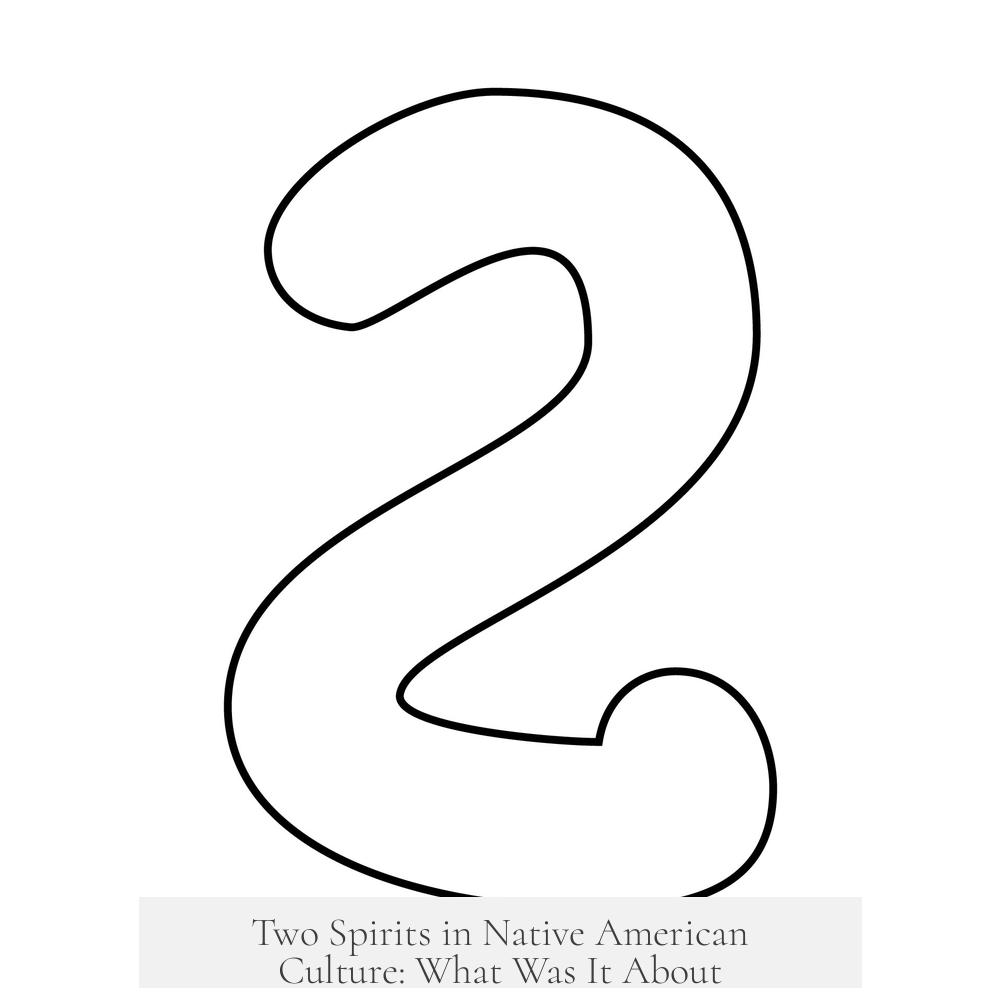
Two Spirit is a meaningful term that encompasses a wide range of Indigenous gender identities and roles, adopted to honor the rich, diverse traditions across Native American cultures, distinct from Western LGBTQ+ concepts. It’s more than a label. It represents a history, identity, and community role that’s both ancient and evolving. But what exactly does the term mean? Why was it created? How does it relate to Native cultural systems? Let’s unravel this fascinating topic together.
First, picture this: Indigenous peoples from numerous tribes, with their own languages and customs, recognized the existence of more than just two genders long before Western society considered such ideas. Yet, for decades, these identities were either erased or twisted by colonial interpretations. Enter the 20th-century Pan-Indian movement and the American Indian Movement revolutionizing Indigenous self-expression.
1. The Birth of “Two Spirit” — A Pan-Indian Umbrella
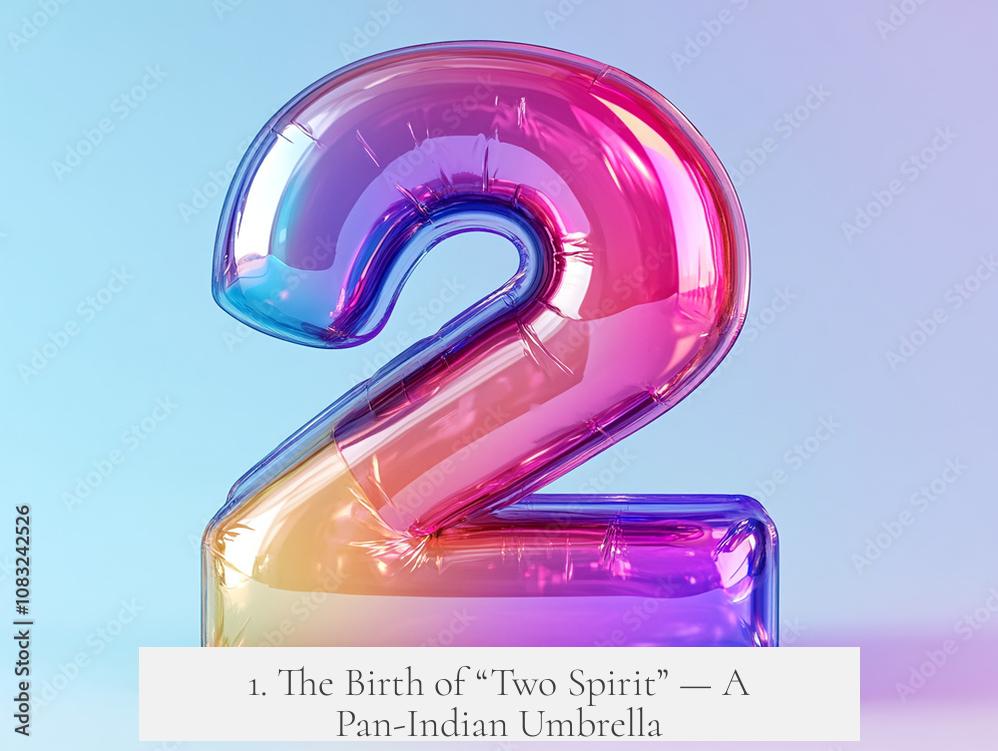
In 1990, a pivotal gathering of LGBT+ Indigenous activists met in Winnipeg. They wanted a term that would unify the varied, complex gender roles found among Native societies without the colonial baggage attached to earlier words like berdache. So, they created “Two Spirit” as a pan-Indian, respectful umbrella term. This term recognizes the intersection of gender, sexuality, and Indigenous cultural identity — something Western LGBTQ+ terms can’t quite encapsulate.
Why “Two Spirit”? It comes from the idea that some individuals embody both masculine and feminine spirits, a concept found in many Indigenous cultures. It’s a word birthed from solidarity and respect, taking ownership back from colonial slurs.
2. Getting Rid of “Berdache” — Colonial Baggage Unpacked
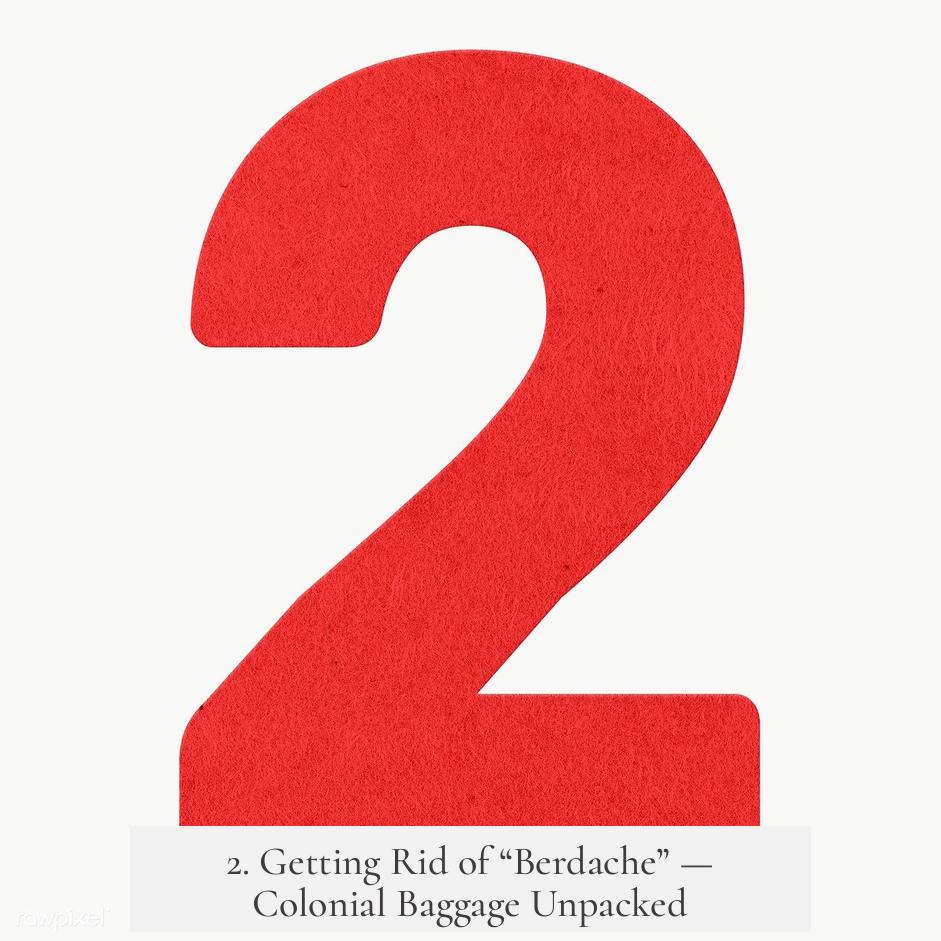
The term berdache sticks out, mainly as a colonial relic. It’s a French word meaning “male prostitute,” which, needless to say, is loaded with derogatory connotations. Anthropologists used it to describe Native people who didn’t conform to binary genders or heterosexual norms, but always through a Christian, colonial lens that condemned Indigenous ways.
Indigenous activists strongly rejected this label. It lumps all gender-diverse Native people into a simplistic, insulting category. “Two Spirit” replaced the term, reclaiming agency and honoring traditional Indigenous meanings rather than colonial distortions.
3. Two Spirit vs. Western Queer Identities — What’s Different?
Indigenous gender identity systems don’t map cleanly onto Western queer categories. Terms like “transgender” or “non-binary” have Western histories and cultural contexts. Two Spirit, though contemporary in naming, connects with centuries-old practices, beliefs, and societal roles specific to Indigenous nations.
Colonization marginalized and erased these roles, but thankfully, many Indigenous cultures maintained or revived them. Most Western societies don’t historically accept openly transgender or non-binary identities in a normalized way, but many Native societies did have specific, often respected, roles for gender-diverse people. This distinction helps Two Spirit people honor their heritage without being forced into Western models.
4. What Two Spirit Looks Like: Diversity and Complexity
It’s important to remember that Two Spirit is not a one-size-fits-all label. Indigenous cultures vary enormously. Some don’t have a direct equivalent or recorded history of what we might categorize as Two Spirit identities.
For example, the Diné (Navajo) people recognize four genders — asdzáán, hastíín, nádleehí, and dilbaa. These roughly translate to “cis woman,” “cis man,” “transgender woman,” and “transgender man,” but the latter two have blended masculine and feminine qualities, forming distinct gender identities.
Other tribes have their own terms. The Klamath use tw!inna’ek, and the Northern Paiute say t’übás. Both terms can refer to transfeminine and transmasculine identities. This shows an incredible variation across Indigenous peoples, something simplified by lumping all experiences under “Two Spirit.”
5. Sacred and Ceremonial Roles of Two Spirit People
In several Indigenous societies, Two Spirit individuals traditionally held special spiritual or ceremonial roles. For instance, the Inca had the quariwarmi, a revered transfeminine gender figure who held significant sacred standing because they transgressed the rigid binary the culture enforced.
In parts of North America, Two Spirit people sometimes directed ceremonies crucial to their communities. The Cheyenne’s transfeminine he’emaneo led victory dances — a role of honor and community importance.
This spiritual and social standing contrasts sharply with Western histories of marginalizing gender diversity. In Indigenous cultures, beyond personal identity, Two Spirit roles were deeply woven into the fabric of society.
6. Community Influence on Gender Role Formation
Another striking difference lies in how gender identity could be shaped or affirmed by community elders. In several Native societies, elders noticed children expressing tendencies toward the opposite gender’s roles and encouraged or assigned Two Spirit identities. Sometimes this involved a formal ceremony where the child chose gendered objects, such as in Shoshone or Ute traditions.
This communal involvement contrasts with Western notions of gender identity as an individual experience—often framed with suspicion if adults are perceived as guiding children. Ironically, in Indigenous contexts, elders guiding youth into gender roles affirms community, heritage, and belonging.
7. Challenges and Critiques of the Two Spirit Term
Not everyone loves the “Two Spirit” term. For starters, it’s a Pan-Indian term, which can blur vast cultural differences. Indigenous peoples are not a monolith; there are hundreds of distinct Native nations, each with its gender systems and language.
Some Indigenous scholars caution against Western overuse or misappropriation. After all, if you lump every Native gender identity into one category, you risk erasing rich diversity. It’s much like how some Ojibwe people dislike non-Ojibwe individuals commodifying dreamcatchers, sacred items unique to their culture.
Ultimately, many Indigenous people prefer specific, culturally rooted terms over Two Spirit. Precision in naming means respect and recognition of their unique worldviews.
What Can We Learn from the Two Spirit Tradition?
Two Spirit identities remind us that gender diversity is not new. It’s deeply embedded in the lives and cultures of many Indigenous peoples. Recognizing these roles helps combat colonial erasure and broaden understanding beyond the Western binary and LGBTQ+ framework.
It also teaches us about the essential role of community—how elders and cultural rituals help shape identity and belonging. The respectful, sacred place Two Spirit people held within their societies offers a radically different lens from the often exclusionary Western experience.
For anyone curious or seeking to support Indigenous LGBTQ+ communities, here are a few tips:
- Ask individuals how they identify and don’t assume Two Spirit applies to all Indigenous gender-diverse people.
- Learn about specific tribal cultures and their gender traditions rather than relying solely on the pan-Indian umbrella.
- Support Indigenous-led organizations working on reclaiming and revitalizing traditional identities.
- Beware of cultural appropriation—respect symbols, ceremonies, and terms unique to particular nations.
So, next time you hear the term Two Spirit, remember it’s not just a trendy label. It’s a profoundly layered concept. It bridges past and present, challenges colonial norms, and enriches our understanding of gender’s beautiful complexity.
What do you think about reclaiming Indigenous gender terms? How can society better support Two Spirit and Indigenous LGBTQ+ individuals? Join the conversation — because every voice adds depth to this ongoing story.
What does the term “Two Spirit” mean in Native American culture?
“Two Spirit” is an umbrella term adopted in 1990 to describe Indigenous gender roles that go beyond the male/female binary. It unites various Native traditions showing diverse gender identities across tribes.
Why was the term “Two Spirit” created to replace “berdache”?
“Berdache” was a colonial term with negative connotations and was imposed by outsiders. Indigenous activists replaced it with “Two Spirit” to honor their own cultural views instead of outdated, harmful labels.
How do Two Spirit identities differ from Western LGBT+ identities?
Two Spirit identities are rooted in specific Indigenous cultural histories. Unlike Western LGBT+ terms, they reflect traditional roles recognized and respected within Native societies before colonization.
Did Two Spirit people have special roles in Indigenous communities?
Yes, in some communities, Two Spirit individuals held sacred or ceremonial roles, like leading dances or rituals. Their gender variance was often seen as spiritually significant.
How were Two Spirit roles assigned or recognized in Native cultures?
Community elders sometimes identified children with Two Spirit traits early on and guided them through ceremonies or mentorship into those roles, unlike Western ideas of gender identity formation.
Are Two Spirit identities the same across all Native American tribes?
No, gender roles and identities vary widely. Some tribes recognize multiple genders with distinct names and meanings, reflecting the rich diversity among Indigenous peoples.
